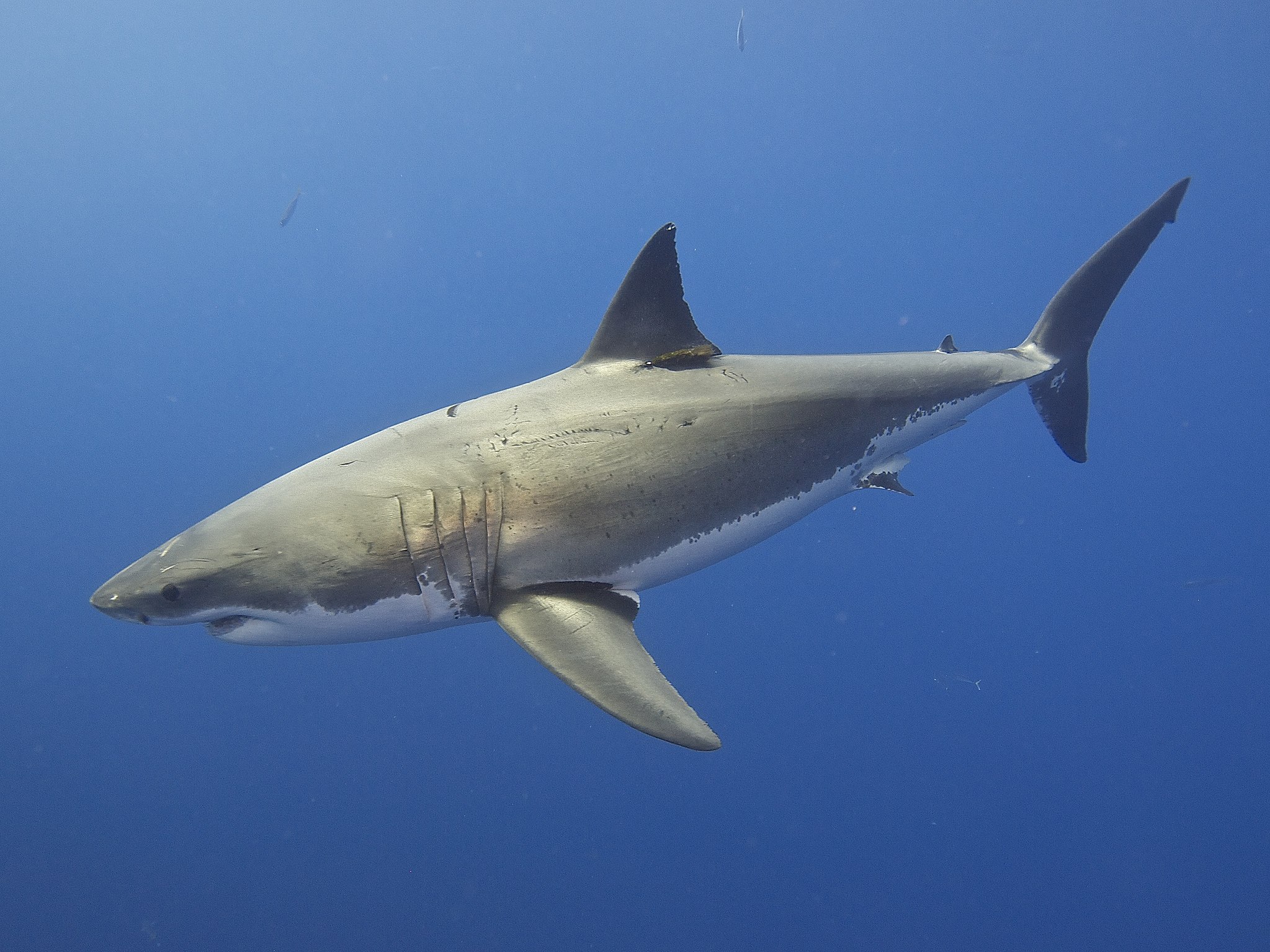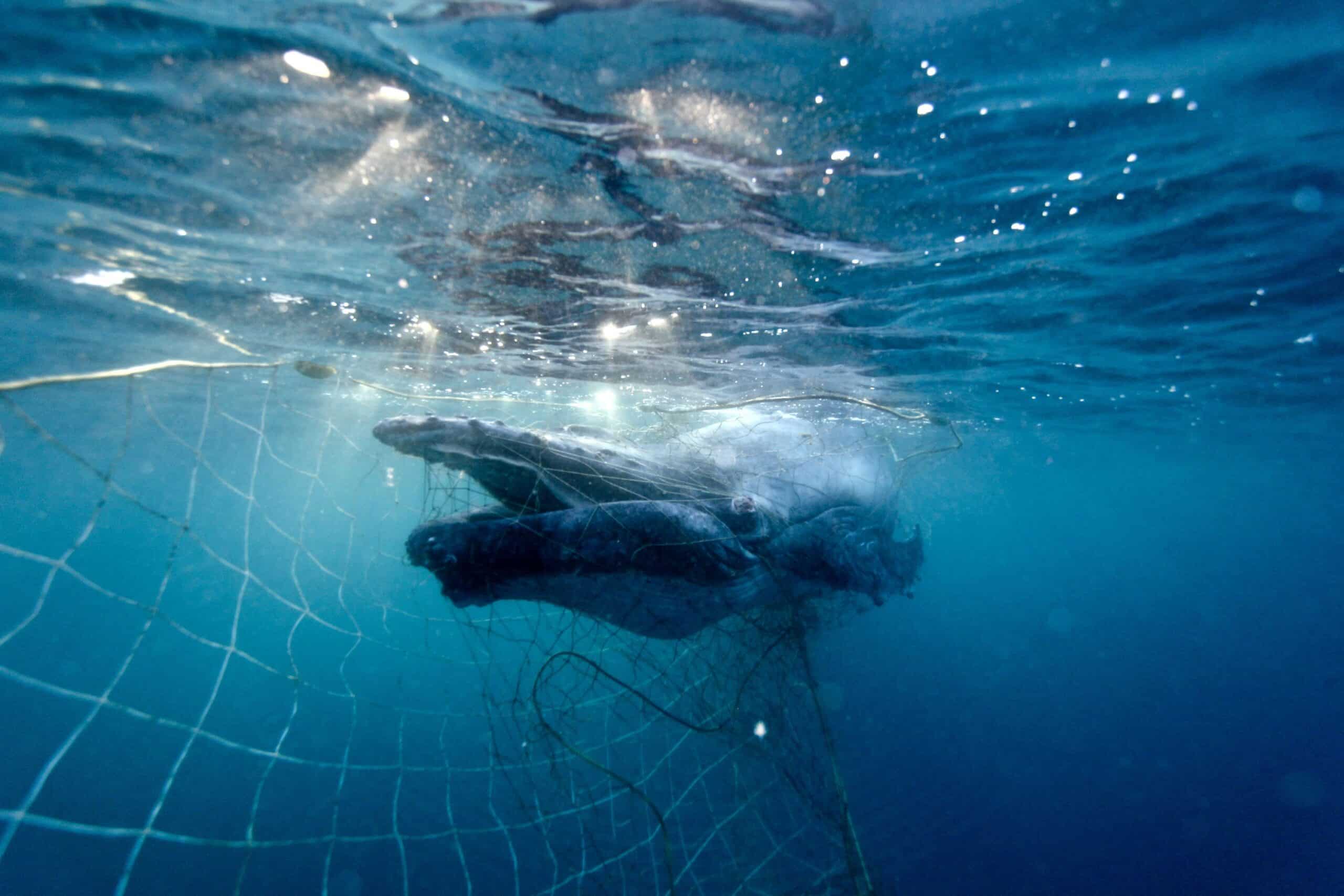Research shows that Australia’s great white sharks are highly related to each other and may consist of fewer than 500 breeding animals. SYDNEY, 24 June 2025: Latest research has found Australia’s great white shark population is much smaller than expected, increasing their vulnerability to further population threats. The population...
2023 holds a lot of promise for nature. The Federal Government has committed to strengthening our national environmental laws to deliver on their goal of no new extinctions. They have proposed a Nature Repair Market and have committed to a ‘Measuring What Matters Statement’ as a first step to incorporating environmental health into a ‘wellbeing budget’. Internationally we have a new Global Biodiversity Framework to halt and reverse biodiversity loss by 2030 that includes commitments to protect 30% of land, inland waters and ocean, and to restore another 30%.
Turning these commitments into positive outcomes for nature will take a lot of work, but it can be done. Here’s what HSI sees as the key things to look out for 2023.
Environmental law reform
This is the big one! Done well, these reforms will fundamentally change our relationship with nature and put environmental protection at the heart of future decision making. We need our national environmental laws to do more than provide a tick box exercise, and instead ensure future development is truly environmentally sustainable. This means strong National Environmental Standards must be at the core of environmental decision making, no exceptions. We also need future planning to be conservation led – whether it’s regional planning or recovery planning, we must work out what our environment needs to survive and thrive, and only allow activities that don’t compromise those needs. And of course, implementing the laws needs to be adequately funded. We know that we need at least $1.6 billion per year to recover current threatened species. The Australian Government must demonstrate their commitment to improved environmental management, and increase funding for wildlife recovery in the next federal budget.
You can read more on the opportunities and risks with Labor’s proposed environment law reforms here: https://hsi.org.au/blog/will-labors-environment-reforms-halt-our-extinction-crisis/.
Nature repair market
The Nature Repair Market is the Government’s mechanism to “encourage investment in biodiversity and drive environmental improvements across Australia”. The proposal is that landholders who protect, manage or restore local habitat will receive biodiversity certificates which can then be sold to other parties. In a world where corporations are seeking to improve their corporate social responsibility and invest in nature positive activities, the Nature Repair Market could provide an important opportunity for private investment to support the recovery of wildlife and their habitats. However we need to make sure that the market isn’t seen as a replacement for government investment, which also needs to be substantially increased, and that it recognises complexity. Wildlife and habitats that are vital to maintaining the diversity of our unique environment but difficult or expensive to restore, mustn’t be overlooked for a focus on species that are charismatic or whose habitat is cheap to fix. We also need to be sure that nature repair market remains separate from the government’s offsets system, a system which is designed to compensate for new habitat destruction, rather than repair historical impacts. The Government is currently seeking feedback on draft legislation that would implement a nature repair market and HSI will be raising these issues as part of the consultation process: https://consult.dcceew.gov.au/nature-repair-market-exposure-draft.
Playing our part in global wildlife conservation
The final Global Biodiversity Framework agreed in December 2022 included some very positive commitments for nature, including commitments to halt and reverse nature loss by 2030, increase protected areas and restore degraded ecosystems, reduce to near zero the loss of areas of high biodiversity importance, and prevent the introduction of invasive species. Parties also committed to progressively increasing financial resources to support these commitments to least 200 billion USD per year by 2030. In implementing these commitments in Australia we need to ensure we are protecting those areas that really matter – our protected areas need to be high quality, representative of all our natural areas and species, and resilient to the threats we know are coming from climate change. But appropriately managing habitats that will never form part of our protected areas network is also important to ensure nature isn’t stranded in national parks surrounded by degraded and hostile environments – another consideration for the upcoming law reform. You can read more about the Global Biodiversity Framework here: https://hsi.org.au/blog/a-new-deal-for-biodiversity/.
Australia also has other roles to play in global wildlife conservation. The upcoming federal environmental law reform provides an opportunity to implement the long awaited domestic ban on ivory and rhino horn (closing a loophole that can facilitate illegal trade in these items), and to create a ban on the import of hunting trophies from species protected under CITES (the Convention on International Trade in Endangered Species of Wild Fauna and Flora).
Measuring what matters
The Government’s push towards a wellbeing budget reflects the fact that many of our traditional economic indicators, such as Gross Domestic Product or GDP, don’t adequately reflect wellbeing of people and households. In fact, the clean up costs from the devastating flooding we are seeing across Australia can add to our GDP because of the additional expenditure required to clean up the mess that is left behind. Yet clearly, these floods have not added to the wellbeing of those impacted or our broader economy. The costs of climate change are already running to the billions and the fact that Australia leads the world in mammal extinctions doesn’t show up anywhere in our annual budget figures. A wellbeing budget provides an opportunity to integrate the value of a healthy environment into more traditional economic considerations. The Government is currently seeking feedback on how they can better measure what matters: https://treasury.gov.au/consultation/measuring-what-matters-2022.
Where to next?
In 2023, we expect to see a series of discussion papers, exposure bills and other consultation mechanisms on different aspects of the Government’s efforts to improve protection of our wildlife and their habitats. You can keep up to date and make sure your voice is heard in these debates by becoming a HSI Extinction Fighter. Sign up today.


